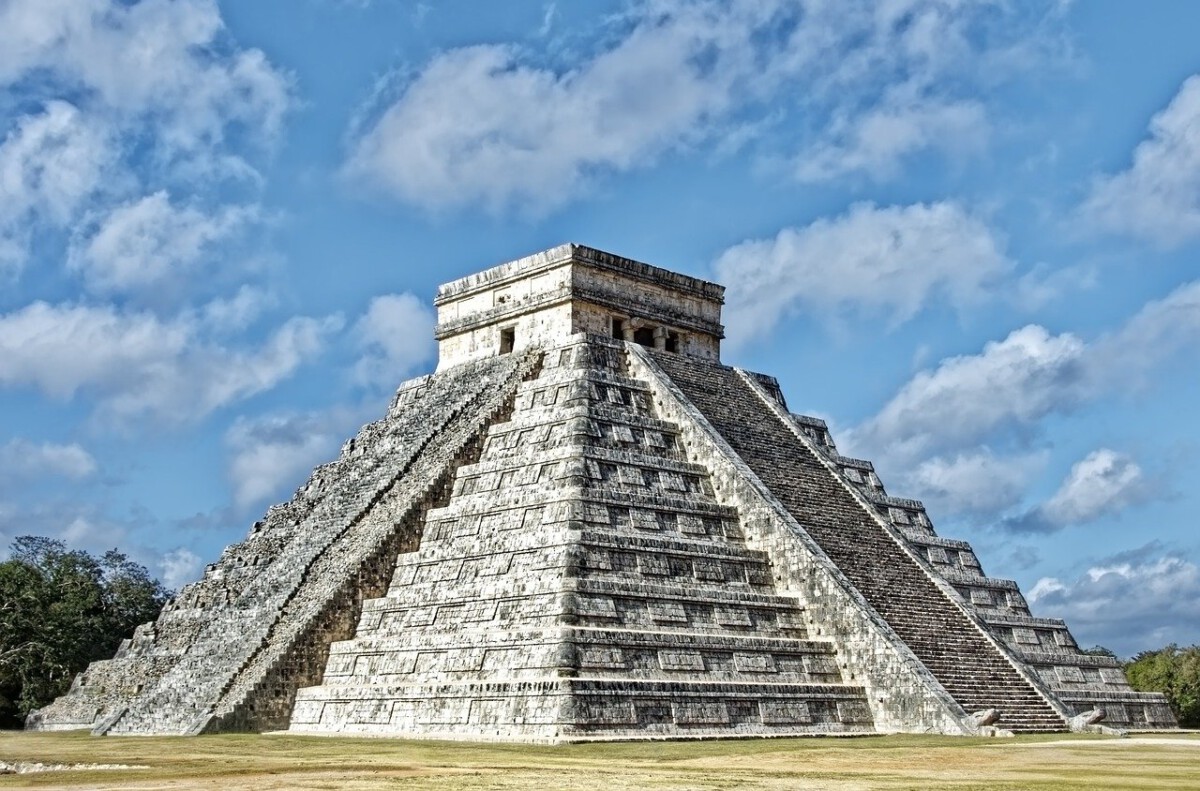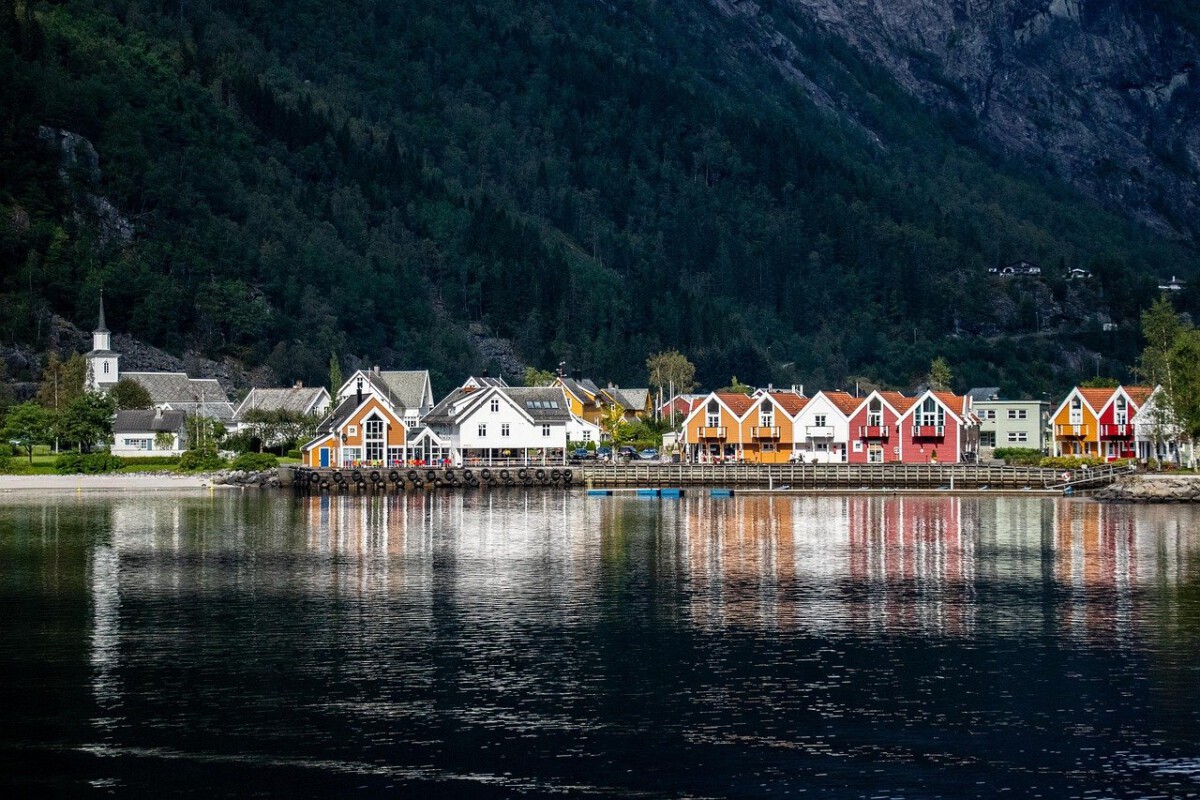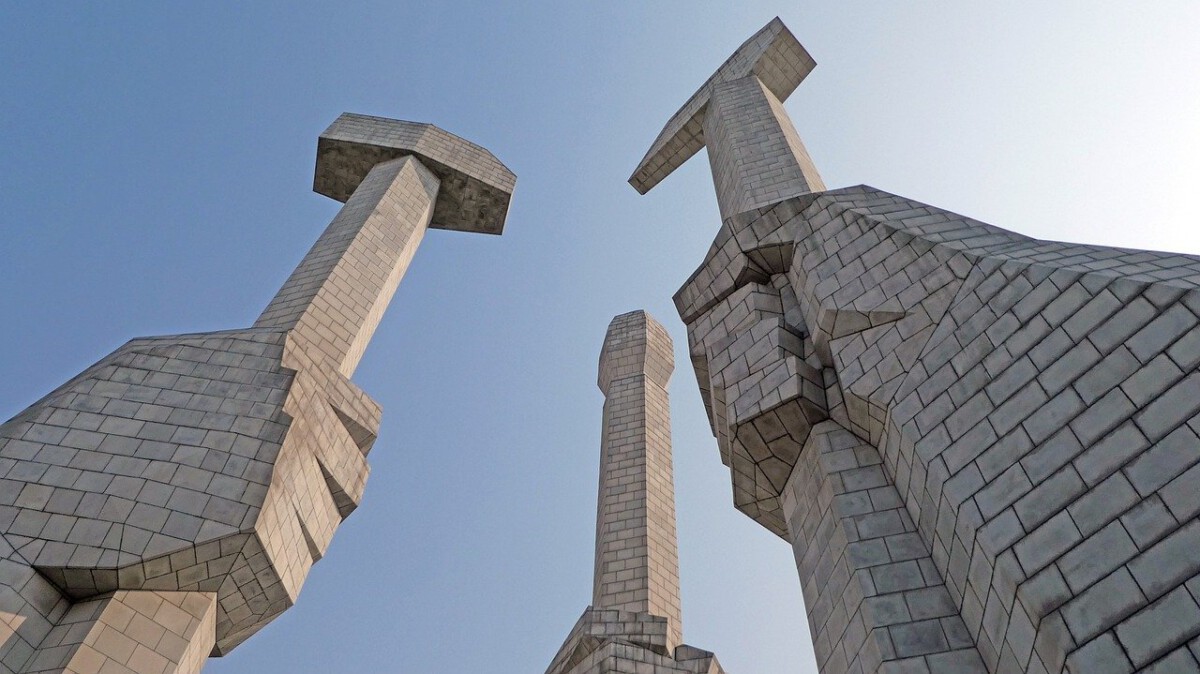1. Dramatic Shifts in Global Travel Patterns

The world was shocked when the United States, under President Donald Trump, launched a full-scale trade war in 2018. Suddenly, tariffs were slapped on hundreds of billions of dollars’ worth of goods, and global relations were thrown into turmoil. American tourists, who once flocked to destinations like China and Mexico, began rethinking their travel choices. According to the U.S. Travel Association, international arrivals to the U.S. fell by 1.1% in 2019, breaking a ten-year growth streak. Destinations that once relied heavily on American dollars felt the pinch almost instantly. The trade war rippled beyond goods and factories, stretching deep into the heart of the travel industry. Many travelers, worried about rising costs and tensions, started to look elsewhere for their vacations. The impact was immediate, and the numbers tell a story of hesitation, nervousness, and shifting travel dreams.
2. China’s Tourism Industry Faces a Tough Reality

China, once a bucket-list destination for many Americans, has experienced a significant drop in U.S. tourists since the trade war began. The China National Tourism Administration reported a 10% decline in American arrivals in 2019 alone. This drastic drop has been driven by more than just tariffs; it’s about perception and politics, too. Many Americans now see China as less welcoming or even risky due to diplomatic tensions. Increased travel costs, fueled by tariffs and currency fluctuations, made trips to China less affordable for families and solo travelers alike. Local Chinese businesses—hotels, guides, and street vendors—have seen fewer American faces and lighter wallets. The Chinese government has even tried to encourage domestic tourism to fill the gap left by missing foreigners. Some regions, especially those that depend on international tourism, have been hit particularly hard, forcing them to rethink their strategies.
3. Mexico Struggles as American Visitors Decline

Mexico has traditionally been a top getaway for Americans, but the trade war sparked new uncertainties. Tariffs raised the prices of imported goods, which trickled down to the tourism sector and made vacations more expensive. The Mexican Tourism Board noted a 5% drop in American tourists in 2020, a worrying statistic for a country where tourism makes up nearly 9% of the GDP. Political tensions also played a role, with some Americans feeling less safe traveling south of the border. Hotels and resorts, once bustling with U.S. vacationers, saw emptier rooms and quieter beaches. Local businesses in tourist hotspots like Cancun and Cabo San Lucas reported sharp declines in revenue. Even with government campaigns promising safety and affordability, many travelers remained cautious. The economic consequences have been severe, with job losses and shuttered businesses in some regions.
4. Southeast Asia Emerges as a New Favorite

As travel to China and Mexico became less appealing, countries like Thailand and Vietnam started to see more American visitors. The World Tourism Organization found that Thailand’s international arrivals rose by 8% in 2019, with a noticeable uptick in Americans. These destinations offer affordable prices, stunning scenery, and a sense of adventure that appeals to travelers looking to escape political drama. Favorable exchange rates allow Americans to stretch their dollars much further in Southeast Asia than in other traditional hotspots. Vietnam, in particular, benefited from the trade war as it also attracted U.S. businesses moving operations from China, bringing in more international attention. Many Americans praised the warmth and hospitality found in these countries, in contrast to what they perceived as tension elsewhere. Social media has helped spread the word about these “hidden gems,” creating a positive feedback loop. The trend shows no sign of slowing, as more travelers look for value and stability in their vacation choices.
5. Travel Restrictions and the Pandemic’s Double Punch

The COVID-19 pandemic hit just as the trade war’s effects were rippling through global tourism. With health concerns at an all-time high, 78% of Americans told the U.S. Travel Association in a 2020 survey that they were nervous about traveling abroad. For destinations already struggling with fewer American visitors due to tariffs and political issues, this was a devastating blow. Travel restrictions, testing requirements, and changing entry rules made planning trips overseas even more complicated. Many Americans opted to stay closer to home or explore domestic destinations. Countries deeply affected by the trade war saw tourist numbers drop even further, compounding their economic woes. The combination of trade and health fears created a “perfect storm” that battered local economies. Recovery for these destinations now depends on both political reconciliation and global health improvements.
6. Economic Fallout for Tourism Hotspots

The impact of declining tourism has been severe, especially for countries that rely on American visitors. In Mexico, the tourism sector lost an estimated $11 billion in 2020, according to the Mexican Tourism Board. Hotels, restaurants, and tour operators faced layoffs and closures as visitor numbers plummeted. Even luxury resorts, which usually weather economic storms, struggled to fill rooms. China’s tourism industry also suffered, with popular sites reporting fewer guests and reduced spending. Small businesses—often family-run—were particularly vulnerable, lacking the resources to survive prolonged downturns. Some destinations tried to attract new markets, but replacing American spending proved challenging. The ripple effects have touched everything from local artisans to transportation companies, highlighting the interconnectedness of the tourism industry.
7. Changing Priorities: Safety, Value, and Stability

Tourists today are more cautious, seeking out destinations that offer not just affordability but also a sense of safety and political calm. According to travel industry experts, value and stability have become the top priorities for American travelers. Destinations that can offer these qualities are seeing a resurgence in interest, while those plagued by uncertainty continue to struggle. Many travelers now research political climates and health risks before booking a trip. The rise of travel insurance and flexible booking policies reflects this new reality. Government efforts to reassure tourists through safety campaigns have been met with mixed success. As the world emerges from the pandemic, these new travel values are expected to persist, shaping the future of global tourism. Countries that adapt quickly may be able to rebound faster than those that do not.
8. The Influence of Social Media on Travel Choices

Social media platforms like Instagram, TikTok, and Facebook have become powerful influencers in the world of travel. Travelers share their experiences in real-time, shaping public perceptions about where it’s safe, affordable, or trendy to go. Destinations that are perceived as politically unstable or expensive are often discussed negatively online, discouraging potential visitors. Conversely, countries that offer unique, affordable experiences are celebrated and shared widely. User-generated content can quickly sway travel trends, with viral posts leading to sudden surges—or drops—in interest. Travel influencers and bloggers play a significant role in introducing new destinations to their followers. The dialogue about the trade war and its fallout has found a home online, where opinions and experiences are exchanged rapidly. In this digital age, a country’s reputation can change almost overnight due to stories shared by ordinary travelers.
9. Governments Respond with New Strategies

Faced with declining visitor numbers, some governments have rolled out creative strategies to lure tourists back. Mexico, for instance, has launched marketing campaigns emphasizing safety, hospitality, and value for American travelers. Other countries are offering incentives such as discounted entry fees, flexible booking options, and bundled travel packages. Thailand introduced special visa programs and wellness tourism packages to attract health-conscious tourists. Some destinations have invested in digital marketing to reach new audiences and reassure hesitant travelers. The effectiveness of these efforts varies, but there is a clear sense of urgency to revive the battered tourism sector. Policymakers are closely monitoring travel trends and adjusting their tactics as needed. The race to win back tourists is fierce, with each country hoping to stand out in a crowded marketplace.
10. Long-Term Changes in the Tourism Landscape

The combined effects of Trump’s trade war and the pandemic have permanently altered the tourism industry. Destinations that once enjoyed steady streams of American visitors must now compete harder and adapt faster to shifting trends. There is a growing emphasis on flexibility, transparent communication, and health safety in travel offerings. Value-driven travel is likely to remain popular, as economic uncertainty continues to influence vacation decisions. Local communities, having experienced the vulnerability of relying too heavily on one market, are exploring ways to diversify their tourism appeal. Industry experts predict that recovery will be uneven, with some places bouncing back faster than others. The lessons from this period are likely to shape tourism strategies for years to come. The story of travel in the trade war era is still unfolding, with every statistic and new policy adding another twist.



